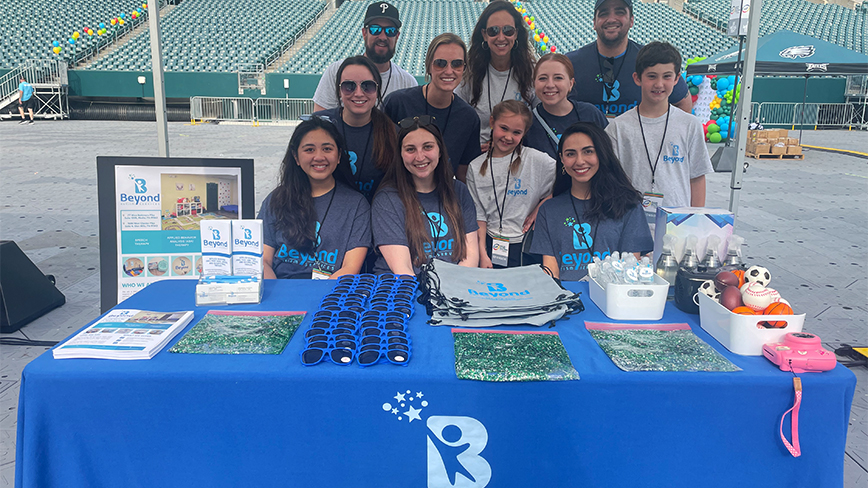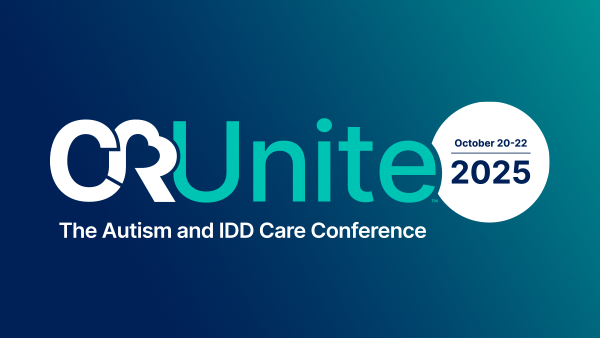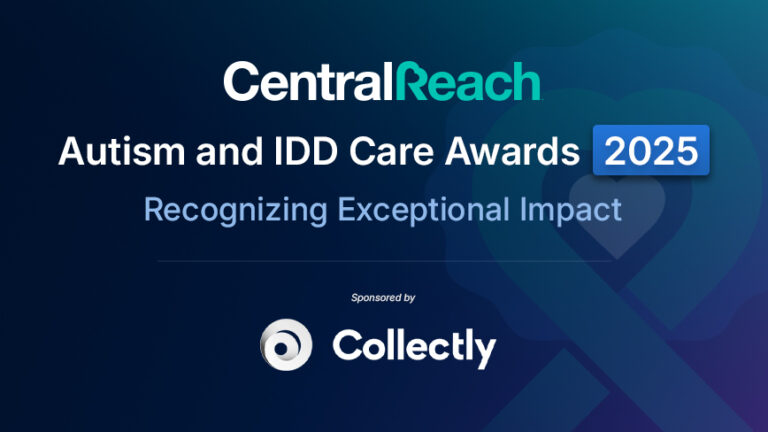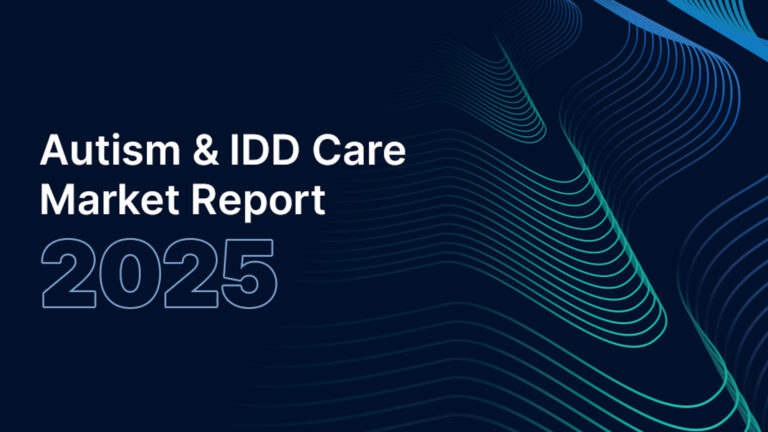In the wake of COVID-19, the delivery of behavior analytic services are changing. In some cases, treatment form is shifting from tightly controlled in-person appointments in clinical settings to telehealth (remote delivery) services. Learners and their families continue to be in need of behavior analytic services, and applied behavior analysis (ABA) services are evolving to meet these changing needs and contexts. With this changing model, behavior analysts are re-prioritizing treatment goals to incorporate those that are more contextually relevant.
As clinicians adjust their treatment protocols (micro-level measures), they also need to be sure to adjust their assessments (macro-level measures) (Johnson & Street, 2004; BACB, 2016). Implementing assessments that more closely align with the current treatment context, and that are informing and evaluating treatment in socially valid areas is paramount. For the majority of learners, many of the commonly implemented assessments are not quite capturing all the skills clinicians now need to assess.
Follow these easy 5 steps to select and implement assessments that align with your learner’s new treatment contexts:
-
Begin with that second “A” in ABA - Analysis
Assessment is both the start and finish line for behavior analytic treatment. Through the assessment process, treatment goals are identified, and progress is measured. It is essential to select assessments that are appropriate for the learner, given both the repertoires that will be addressed during intervention, as well as the context in which they will occur. Assessments are not analyzing intervention (our independent variable), unless they are directly measuring (1) the skills and repertoires targeted for change (our dependent variable), or (2) learner’s generativity with these skills and repertoires targeted for change (Johnson & Street 2004).
To complete an analysis of your current assessments and their relevance, ask yourself, and your learner, the following questions:
Appropriateness of Treatment Goals:
a. Which of the current treatment goals are still important and/or necessary?
b. Which skills need to be considered lower priority/omitted from intervention at this point in time?
c. Based on this new context, which repertoires need building?
d. What are the short-term skills the learner needs to participate in instruction, and what are the long-term repertoires or compound (more complex) skills that they will need to develop?Relevance of Assessments:
e. Is there an assessment that will evaluate the effectiveness of my intervention, for each skill that is currently in the intervention program? -
Talk to your learner
Treatment should always incorporate ongoing consent/assent from the learner (3.01; BACB, 2016; Fabrizio 2005). Ask your learner about how things are going, routines or interactions that are less successful, or things that they would like to learn or improve upon. Meet with the learner’s family and/or caregivers to evaluate the quality of interactions, leisure time, routines, etc.
This informal assessment will inform the selection of your formal assessments. Remember that your learner’s preferences and input are very valuable (Van Houten et al., 1988).
-
Be purposeful and systematic when selecting assessments
Assessments are not helpful unless they are assessing the right things. Here are some general rules to follow when selecting macro-level assessments:
- Select an assessment that will allow you to see progress across time - do not select an assessment that your learner will complete or age out of soon.
- Select assessments that are socially valid, and that measure skills and repertoires that are meaningful to the learner and/or caregiver.
- Select an assessment that fully measures what you want it to measure.
- Do not implement a language assessment if you are focusing on foundational learning skills behavior.
- Do select an executive functioning assessment if you are focusing on executive functioning skills.
- Whenever possible, incorporate self-report measures into your assessment package. Including the learner’s perspective- their report of strengths, areas that they feel they need to improve, etc. ensures their active role in the development of treatment and moves your programming in the direction of a learner-driven model.
- Do not be afraid to try new assessments! There are many published assessments beyond those most commonly used in ABA programming.
-
Be resourceful
Most organizations are not in a position to purchase many new, expensive assessments. Search for assessments that can evaluate a wide range of skills and age groups, and that can be easily incorporated into the organization’s assessment model.
Organizations can also be resourceful in selecting assessments that use online reporting. This will minimize the need to exchange documents with families, use mail delivery, and may be easier for some families to complete.
-
Continue to use best practices when selecting assessments for learners
The data gathered and reported by these assessments will support clinicians in (1) their requests for treatment dosages (e.g., treatment units/hours), (2) their rationale for skill instruction, and (3) their demonstration of progress/the efficacy of treatment. Continue to use best practices in selecting assessments that are evidence-based and that will verify client progress. Be sure to take the following into consideration:
- Whether the assessment is criterion or norm-referenced
- Whether the assessment is standardized
- The use of direct and indirect measures
- Self-report assessments
Assessment Options
Below is a list of assessments, grouped by repertoires. Please note- this is not an all-inclusive list, and these assessments may not be appropriate for all learners.
Learning Skills, Executive Functioning
Inventory of Good Learner Repertoires
Indirect Measure
Behavior Rating Inventory of Executive Function- Second Edition (BRIEF-II)
Indirect Measure
(parent/caregiver report, teacher report, self-report)
ABLLS-R (Cooperation and Reinforcer Effectiveness Track)
Indirect Measure
(direct measure as needed)
Motor Skills and Adaptive Behavior
Assessment of Functional Living Skills (AFLS)
Indirect Measure
(direct measure as needed)
Essential for Living
Indirect Measure
(direct measure as needed)
TEACCH Transition Assessment Profile- Second Edition (TTAP- 2nd Edition)
Direct Measure
Resilience and Social/Emotional Behavior
Behavior Assessment System for Children- Third Edition (BASC-3)
Indirect Measure
(parent/caregiver report, teacher report, self-report)
Social Emotional Assets and Resilience Scales (SEARS)
Indirect Measure
(parent/caregiver report, self-report)
Connor-Davidson Resilience Scale
Indirect Measure
(self-report)
Auditory Processing and Listening Comprehension
Test of Auditory Processing Skills-Third Edition
Direct Measure
Listening Comprehension Test – 2 (LCT-2)
Direct Measure
Clinician Evaluation of Language Fundamentals- Fifth Edition (CELF-5)
Direct Measure
Parenting
Stress Index for Parents of Adolescents (SIPA)
Indirect Measure
(parent/caregiver report)
BASC-3- Parenting Relationship Questionnaire (PRQ)
Indirect Measure
(parent/caregiver report)
Parenting Stress Index- Fourth Edition (PSI-4)
Indirect Measure
(parent/caregiver report)
Note: Some of these assessments require specific qualifications, for implementation and interpretation. Be ethical when selecting assessments, by ensuring that staff are qualified to implement and interpret the assessment and data.
The benefits of expanding assessment practices will continue long after social distancing ends. Adjusting assessment procedures to meet changing learner needs and contexts results in treatment validity and treatment effectiveness. Incorporating assessments that include the learner perspective/opinion, familial input, and measures on quality of life will result in more robust and socially meaningful outcomes for the learner and their family.
About the Author

Kristin Smith, M.Ed., BCBA, LBA
CentralReach, Instructional Designer
Kristin Smith, M.Ed., BCBA, LBA is a Licensed Behavior Analyst, and Board Certified Behavior Analyst. She began her career in the field of behavior analysis in 2002 and received a master’s degree in Special Education from the University of Washington. Kristin has experience implementing and designing intervention programs across a variety of contexts, with learners ranging in age from 18 months to 40 years. She works with a wide variety of learners, including, but not limited to those with autism, chromosomal deletions, cognitive impairments, learning disabilities, social-emotional and/or behavioral problems, significant challenging behavior, blindness, and children with multiple disabilities. Her areas of expertise include Precision Teaching, instructional design, assessment, and data analysis.
References
Behavior Analyst Certification Board (2016). Professional and ethical compliance code for behavior analysts. Retrieved from http://www.bacb.com/wp-content/uploads/BACB-Compliance-Code-english_190318.pdf
Cooper, J. O., Heron, T. E., & Heward, W. L. (2007). Applied behavior analysis (2nd ed.). Upper Saddle River, NJ: Pearson Education, Inc.
Johnson, K., & Street, E. M. (2004). The Morningside Model of Generative Instruction. Concord, MA: Cambridge Center for Behavioral Studies.
Van Houten, R., Axelrod, S., Bailey, J.S., Favell, J.E., Foxx, R.M., Iwata, B.A., & Lovaas, O.I., (1988). The right to effective behaviour treatment. Journal of Applied Behavior Analysis, 21, 381-384.
Fabrizio, M.A., (2005, October) Voting with Their Feet: The Role of Assent in Behavior Analytic Intervention for Children. Paper presented at the Going Beyond Expectations: Unique Solutions in Autism Education Conference https://docplayer.net/22287468-Creating-for-children-the-aba-program-companion.html
About CentralReach
CentralReach is the leading provider of Autism and IDD Care Software, providing the only complete, end-to-end software and services platform that helps children and adults diagnosed with autism spectrum disorder (ASD) and related intellectual and developmental disabilities (IDD) - and those who serve them - unlock potential, achieve better outcomes, and live more independent lives. With its roots in Applied Behavior Analysis, the company is revolutionizing how the lifelong journey of autism and IDD care is enabled at home, school, and work with powerful and intuitive solutions purpose-built for each care setting.
Trusted by more than 200,000 professionals globally, CentralReach is committed to ongoing product advancement, market-leading industry expertise, world-class client satisfaction, and support of the autism and IDD community to propel autism and IDD care into a new era of excellence. For more information, please visit CentralReach.com or follow us on LinkedIn and Facebook.
Media Contact:
CentralReach
pr@centralreach.com




